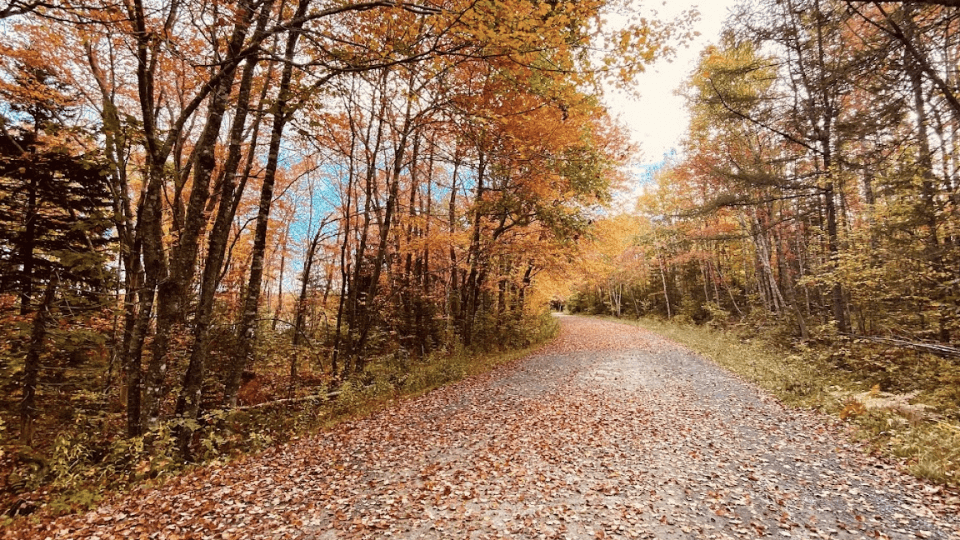Beechville-Lakeside-Timberlea
The area of "Beechville-Lakeside-Timberlea" (BLT) is bounded on the side closer to Halifax by Lakeside, and on the other side (at exit 4 on the 103 highway) by Hubley.
Beechville is a Black Nova Scotian settlement and suburban community within the Halifax Regional Municipality, on the St. Margaret's Bay Road (Trunk 3). In 1816, the first Black refugees from the War of 1812 arrived in Beechville. The early settlers of the community were refugee Blacks fleeing from the southern American colonies. They were given a grant of five thousand acres (20 km²) close to the Northwest Arm in an area to be known as Refugee Hill. In 1821 ninety-six adults resettled in Trinidad.

Find a Home in Beechville-Lakeside-Timberlea
More about the community
The Halifax and Southwestern Railway arrived in 1902. Residential development increased after World War II, followed by industrial development of the Beechville Industrial Park along the railway in the 1960s. Rail service ended in 2007 and the line was converted to the Beechville Lakeside Timberlea recreational trail.
Timberlea is a community located on the rural/suburban fringe of the Halifax Regional Municipality, along the St. Margaret's Bay Rd (Nova Scotia Trunk 3), which extends from the Armdale Rotary to the Head of St. Margaret's Bay. It is about 15.2 km from Downtown Halifax. The community was first known as Nine Mile River after the river in the centre of the community which fed several early mills. The St. Margaret's Bay Road was routed through the village in the mid 19th century, relocated from an earlier location further south. Several hotels were established to cater to travelers and later sportsmen.
After the arrival of the Halifax and Southwestern Railway, the community was referred to as Bowser's Station, after Angus Bowser, who ran a hotel near the area's train station near present-day Greenwood Heights. It was renamed Timberlea in 1922 to reflect the importance of the forest and lumbering. Until the early 1990s, the community was a semi-rural, fairly close-knit community. Subsequently, several large developments such as Greenwood Heights have substantially increased the population, and it is now mostly a suburban community.
Census (2016) 25,205
ELEMENTARY
- Beechville Lakeside Timberlea Jr Elementary: Grades PP – 2, including French Immersion
- Beechville Lakeside Timberlea Sr Elementary: Grades 3 – 5, including French Immersion
JUNIOR HIGH
- Ridgecliff Middle School: Grades 6 – 9, including French Immersion
HIGH SCHOOL
- Sir John A. Macdonald High: Grades 10 – 12, including French Immersion
The Beechville Lakeville Timberlea (BLT) Rails to Trails Association has 13 kilometres of the old railway bed from Beechville to Hubley into a hiking/cycling/ATV rail trail which connects with a similar 32 kilometres stretch maintained by the similar St. Margaret's Bay organization.
The Bluff Trail, a 30 kilometres network of non-motorized wilderness trails, branches off the BLT Trail at Cranberry Lake. Swimming is available at Governor's Lake and opportunities for kayaking and canoeing. There are tennis and basketball courts and a ball diamond in Greenwood Heights, several basketball nets and a well-built playground at the BLT Elementary School. Tennis courts and a skateboard facility can be found at the Lakeside Community Center. Indoor recreation programs are run year-round at this center as well.
The area also boasts the unparalleled wilderness area of Blue Mountain Birch Cove Lakes, which offers pristine wilderness, hiking, canoeing, kayaking, and fishing in all seasons of the year.
The Canada Games Centre in nearby Clayton Park is a vibrant multi-sport community and recreation centre, and HRM’s premier fitness, aquatic, and recreational facility. The Centre runs sport and recreation programs, camps, fitness classes and many special events throughout the year. Just steps from the Canada Games Centre residents will find the Keshen Goodman Library, which offers a wide range of services and excellent community programming for all ages.